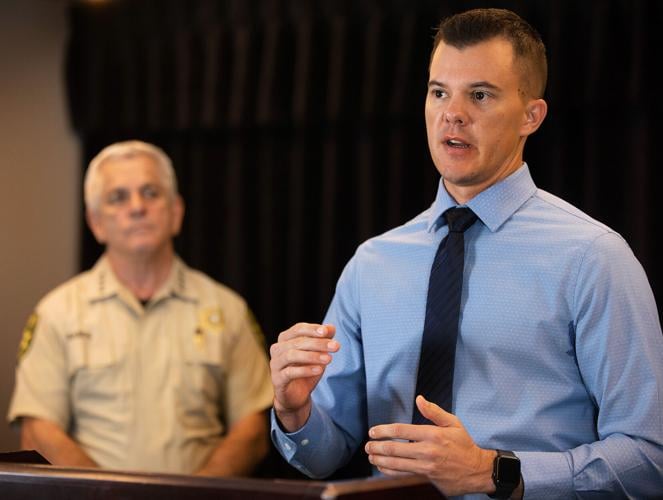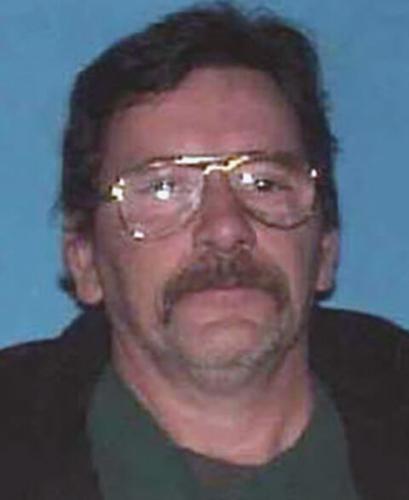In then winter of 2012, a road crew working near the intersection of Interstate-10 and eastbound frontage road at Craycroft found something they hadn’t bargained for — human remains.
While the Medical Examiner’s Office determined the victim’s manner of death to be a homicide (significant trauma), the deterioration of the remains made it impossible to identify.
But, technology has changed, and so has the way detectives can do their jobs.
This summer, the homicide victim’s genealogy profile was run by the FBI. It identified the remains as belonging to Frederick Dale Huddleston, 54.

Frederick Dale Huddleston
Huddleston’s last contact with law enforcement was in 2008, in the area where his body was eventually located. He was also known to frequent Florida, Texas, Colorado and Indiana. Detectives said he had been experiencing homelessness at the time of his death.
Huddleston’s death is one of approximately 180 cold cases Pima County Sheriff’s Department Detectives still have to solve. Sgt. Daniel Sharp, who oversees the cold case unit, said between 10% and 15% of these cases involve unidentified victims.
Advances in technology will hopefully make solving these cases a bit more feasible, Sharp said.
“There’s a reason they’re cold,” Sharp said at a news conference Tuesday morning at department headquarters. “We really depend on these advancements in technology.”
He noted that back in 2012, when Huddleston’s remains were found, dental records were the best way to identify a victim, but those efforts failed.
“This is a big success in our world of cold cases,” Sharp said, and it’s a big success for families who have been waiting, sometimes decades, to find out what happened to their missing family members.
Sharp said he contacted a family this week about a 1988 cold case they are working. The family, Sharp said, was in shock that investigators were still working to solve what happened to their loved one.
“We haven’t forgotten. We won’t forget. We will continue investigating until they’re solved. Tomorrow, 10 years, 15 years from now, we will continue to push,” he said.
Sharp said that his intent is not to stir up old emotions, but to find justice for those who have been waiting decades for it.
Knowing a victim’s name is just a small part of a John Doe cold case. Knowing the victim’s patterns, routines, friends and lifestyles cannot be determined in a laboratory.
Cold case detectives are asking anyone who remembers Huddleston — who might have met him in a wash, on the streets or around town — to give detectives a call.
“We have a very limited scope of who Mr. Huddleston was,” Sharp said. “We want to know him on a very personal level. Who he hung out with, who is associates were, where he spent his time … Something very small and inconsequential could lead us to a very big break in this case.”
Sharp said the sheriff’s department will be highlighting one cold case each month, on the anniversary of the homicide, to bring awareness to these cold cases and to breathe life into them.
“The job’s just really starting now,” Sharp said of Huddleston’s case.






